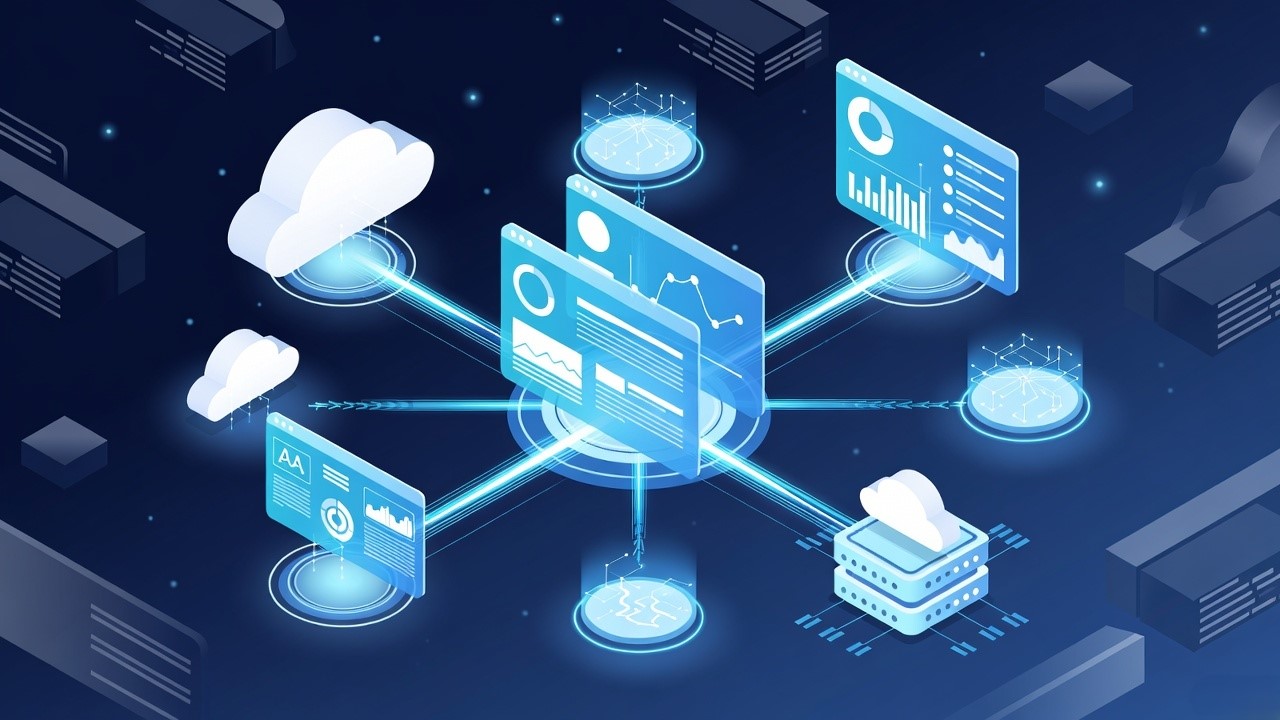COBOL to Java Conversion Tools for Application Modernization

COBOL to Java Conversion Tools: A 2025 Guide for US Enterprises
The Unignorable Drive: Why US Companies Are Moving from COBOL to Java
The conversation around COBOL modernization has shifted from "if" to "how." The business drivers are too powerful to ignore, especially in the competitive American market.
- The Talent Crisis: Over 40% of banks still rely on COBOL, but the developers who built these systems are retiring en masse . This creates a critical skills gap that makes routine maintenance expensive and new features nearly impossible. Java, with its global community of over 9 million developers, offers a sustainable talent pipeline .
- The Cost Squeeze: Legacy mainframe systems can consume up to 80% of an IT budget just for upkeep, starving innovation and digital transformation initiatives . Modern Java ecosystems running on cloud or commodity hardware offer a dramatically lower total cost of ownership.
- The Innovation Barrier: Modern customer experiences demand real-time data, mobile integration, and seamless APIs. COBOL systems, built for a different era, lack native compatibility with modern technologies, creating significant roadblocks for digital initiatives .
- Regulatory and Security Pressures: New standards like the European Union's Digital Operational Resilience Act (DORA) require real-time data access, auditability, and system resilience that are complex and costly to achieve on legacy platforms .
A Spectrum of Modernization: Choosing Your Path
Modernization is not a one-size-fits-all endeavor. US companies typically choose from a spectrum of strategies, each with its own trade-offs.
The 2025 Toolbox: Leading COBOL to Java Conversion Tools
Beyond the Tool: A Phased Strategy for Conversion Success
Selecting the right tool is critical, but it's only one part of a successful migration. A structured, phased approach is what separates successful projects from failed ones.
Phase 1: Pre-Migration Analysis & Documentation
You cannot modernize what you don't understand. This first phase is about creating a definitive map of your legacy system.
- Automate Codebase Discovery: Use tools like Swimm to auto-generate documentation, create architectural overviews, and extract business rules from your COBOL code . This effectively produces a living functional specification.
- Visualize Dependencies: Legacy applications are often a tangled web of interconnected programs. Visualization tools help you untangle this by mapping how components connect, which programs call others, and where critical data flows occur . This is essential for identifying tightly coupled components that need special attention.
- Identify Critical Business Logic: The core value of your COBOL system is the business rules embedded within it. AI-assisted tools can parse the code and generate narrative explanations of each program's logic, ensuring no essential rule is lost during translation .
Phase 2: Safe Refactoring and Preparation
Before a single line is converted, the existing code should be cleaned and prepared.
- Isolate Business Rules: Use the insights from Phase 1 to identify and consolidate critical business logic that may be scattered across different programs.
- Modularize Monolithic Code: Break down large, complex COBOL programs into smaller, logical modules. This modularity makes the subsequent conversion more manageable and the resulting Java code cleaner .
- Remove Dead Code: Over decades, systems accumulate obsolete code. Automated analysis can help identify unused branches or functions, allowing you to simplify the system and reduce what needs to be migrated .
Phase 3: The Conversion and Rewrite
This is where the selected tool comes into play, but human oversight remains vital.
- Pilot Conversion: Start with a small, non-critical but representative module. Convert it using your chosen tool and rigorously evaluate the output for quality, readability, and performance. This pilot will validate your tool choice and process.
- Execute and Validate: Proceed with the broader conversion. It's crucial to understand that automated conversion is a starting point, not a finished product. The generated code will require manual review and optimization to align with modern Java best practices .
- Implement Rigorous Testing: Establish a robust regression testing suite to run against both the original COBOL and new Java systems. Use production data to validate that outputs and performance are identical or improved. Many tools offer features for automated testing and validation to support this .
Phase 4: Integration and Deployment
A phased deployment minimizes business disruption.
- Adopt a Strangler Fig Pattern: Instead of a risky "big bang" cutover, gradually replace slices of functionality with the new Java services. This allows you to decommission parts of the legacy system over time, reducing risk with each step .
- Focus on Data Migration: Plan carefully for how the new Java application will access data. This may involve connecting to existing mainframe databases (like Db2) initially, or migrating data to a modern relational or cloud-native database .
Modernization as a Strategic Advantage
The journey from COBOL to Java is a complex undertaking, but it is no longer an insurmountable one. With the advanced, AI-powered tools available in 2025, US enterprises can systematically de-risk the process and execute a transition that preserves their core business integrity while unlocking new potential. This modernization is not merely a technical upgrade—it is a fundamental strategic move that reduces costs, future-proofs your operations, and positions your company for innovation and growth in a digital-first economy.
The conversation starts with understanding what you have. Begin by mapping your legacy estate and then charting a phased, tool-supported course to a modern Java future.

